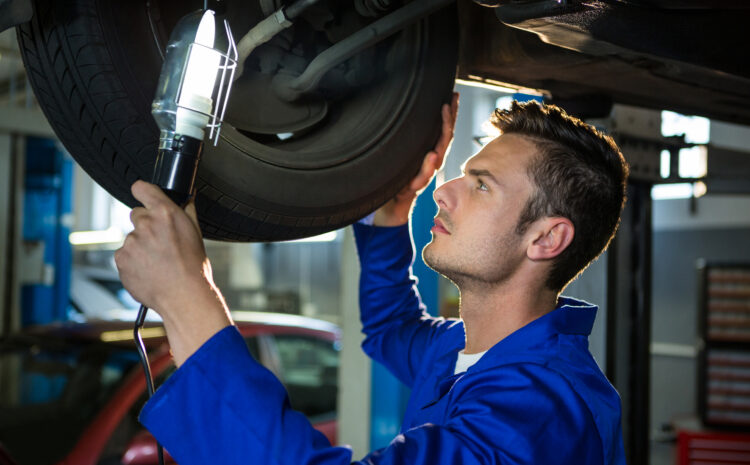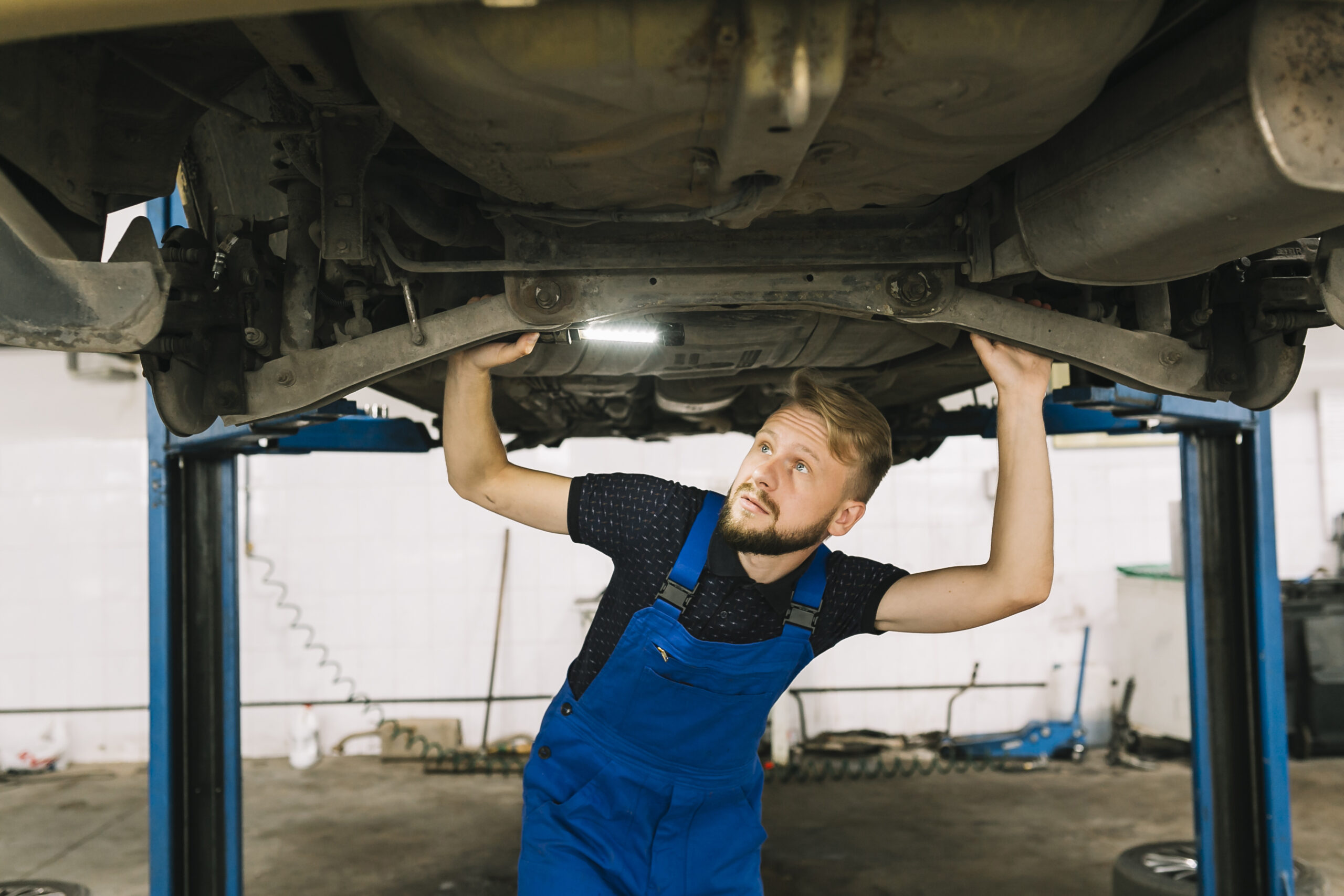
Common Suspension Problems and How to Fix Them
As a car owner in Elizabethton, TN, you understand the importance of your vehicle’s suspension system for a smooth and safe driving experience. Your suspension supports the weight of your car, absorbs road shocks, and maintains tire contact with the road. Over time, components can wear out or develop problems, affecting handling, safety, and comfort. This guide explores common suspension issues and provides actionable solutions to keep your vehicle operating safely and efficiently.
Understanding the Basics of Car Suspension
Before addressing specific problems, it’s important to understand the core elements of your vehicle’s suspension system. Knowledge of these components will help you identify issues early and prevent costly repairs.
Components of a Suspension System
The suspension system consists of several key components:
- Springs: Support the vehicle’s weight and absorb road impacts.
- Shock Absorbers or Struts: Control the motion of springs and dampen vibrations.
- Control Arms: Connect the suspension to the vehicle frame and guide wheel movement.
- Anti-Roll Bars: Reduce body roll during turns and improve stability.
Each component plays a critical role in maintaining vehicle stability, handling, and ride comfort. Proper functioning ensures your car responds predictably to road conditions and maintains optimal tire contact with the road surface.
How Suspension Works
The suspension system maximizes friction between your tires and the road, ensuring steering stability and control. When your vehicle encounters bumps or uneven surfaces, the suspension absorbs energy to prevent excessive movement. This minimizes wear on other vehicle components and maintains a comfortable ride.
Signs of Suspension Problems
Identifying suspension problems early can prevent further damage and costly repairs. Some common signs include:
Uneven Tire Wear
Tires wearing unevenly often indicate alignment issues or worn suspension components. Uneven tire wear can reduce traction, affect handling, and shorten tire lifespan. Regular inspection of tires is essential to identify potential suspension problems early.
Strange Noises
Clunking, rattling, or squeaking noises while driving over bumps may indicate worn-out shocks, struts, or other suspension components. These noises can signal the need for inspection and replacement of affected parts to prevent further damage and maintain safe handling.
Poor Handling
If your vehicle sways excessively, leans during turns, or feels unstable at higher speeds, the suspension system may be failing. Reduced handling performance compromises safety and indicates the need for a professional inspection.
Common Suspension Problems and Solutions
Understanding common suspension issues allows you to address problems before they escalate.
Worn-Out Shocks or Struts
Shocks and struts control vehicle movement and absorb impacts from the road. Over time, they lose effectiveness, causing a bumpy and uncomfortable ride. Worn shocks or struts can also damage tires and compromise handling.
How to Fix:
Replacing shocks or struts involves removing the old components and installing new ones. This process requires proper tools and expertise, making professional service recommended. Replacement costs typically range from $400 to $1,200, depending on the vehicle make and model. Regular inspection and avoiding excessive vehicle loads can extend their lifespan.
Broken Springs
Springs support vehicle weight and absorb shocks. Broken springs can cause uneven ride height, reduce comfort, and affect handling. Signs of broken springs include sagging, unusual vehicle stance, or rattling noises.
How to Fix:
Replacement of broken springs with vehicle-specific parts is required for optimal performance. Costs generally range from $300 to $700. Inspecting springs for rust, corrosion, and signs of wear regularly can help prevent failures.
Faulty Control Arms
Control arms connect suspension components to the vehicle frame, allowing smooth wheel movement. Damaged control arms can lead to alignment problems, uneven tire wear, and poor handling.
How to Fix:
Repair involves replacing damaged control arms and performing a proper alignment. Replacement costs range from $200 to $500. Minimizing rough-road driving and pothole impacts can extend control arm lifespan.
Seasonal Suspension Maintenance Tips
Suspension systems respond differently to seasonal conditions. Proactive maintenance can prevent wear and extend component life.
Winter Care
Cold temperatures can stiffen suspension components and accelerate wear. Inspect the system for damage, leaks, and rust during winter months. Applying rust inhibitors protects metal components from road salt and corrosion.
Summer Precautions
High temperatures can accelerate wear on rubber components, including bushings and mounts. Regularly inspect these parts and replace any showing cracking, hardening, or deterioration. Heat-resistant maintenance ensures suspension components remain functional and safe.
When to Seek Professional Help
Some suspension issues can be addressed at home, but others require specialized tools and expertise.
Complex Repairs
Repairs involving control arms, struts, or anti-roll bars are complex and require professional attention. Attempting these repairs without proper tools and knowledge may lead to further damage or compromised safety.
Persistent Problems
If a suspension issue persists despite attempts to fix it, consulting experienced technicians is essential. Professional inspection ensures accurate diagnosis and effective repair.

Maintaining your suspension system is vital for safety, comfort, and vehicle performance. Recognizing the signs of worn or damaged components and taking timely action prevents further damage and costly repairs. Regular inspections, seasonal maintenance, and addressing issues promptly extend the lifespan of your suspension system.
If you suspect suspension problems in your vehicle, contact A-1 Auto Care & Tire Center. Our experienced technicians provide professional diagnostics and repairs to keep your vehicle safe and reliable on the road. Prioritizing suspension maintenance ensures a smooth, secure driving experience every time.
